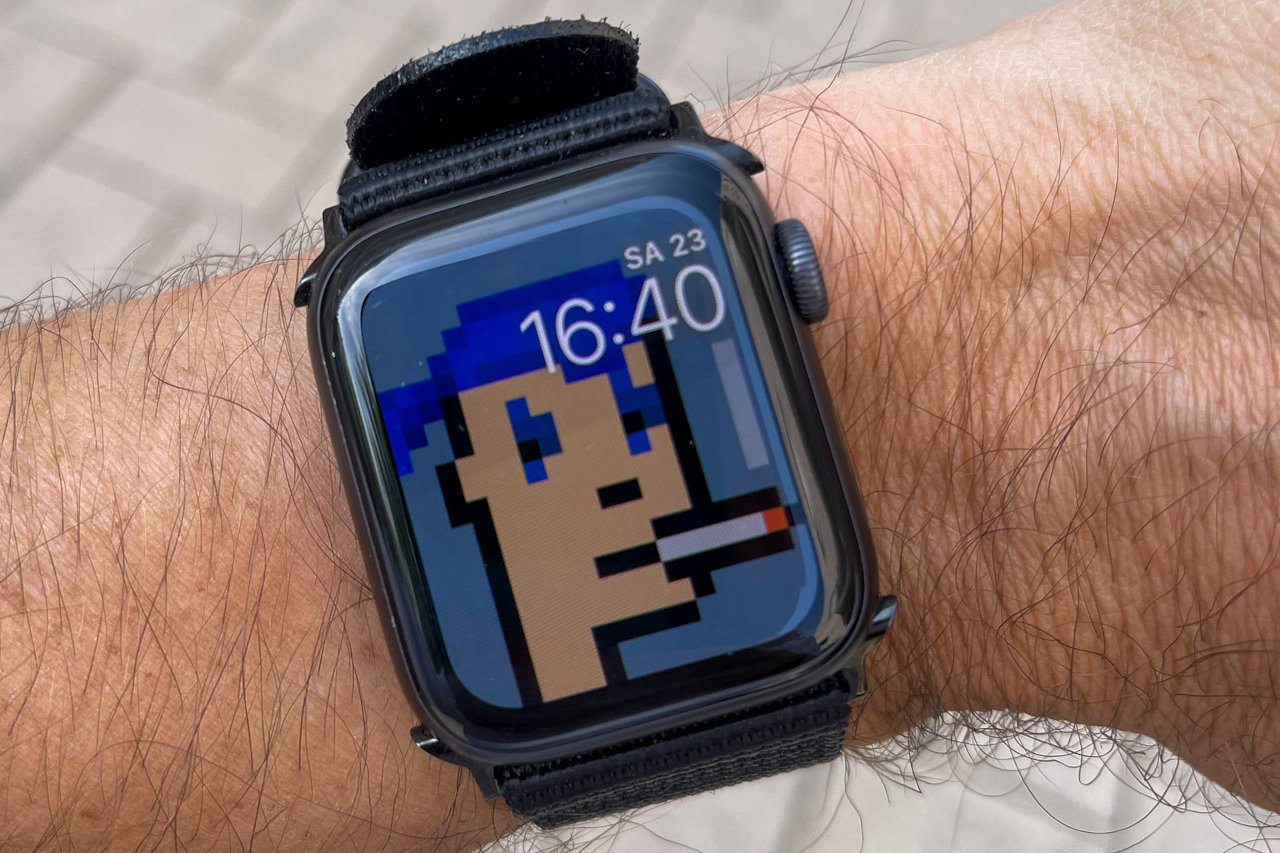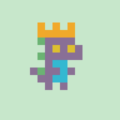
The world of art has undergone a seismic shift in recent years, with the emergence of non-fungible tokens (NFTs) revolutionizing the way art is bought, sold, and valued. NFT art is digital art that is verified on a blockchain, making it one-of-a-kind and inimitable. NFT art has rapidly become a lucrative industry, with some works selling for millions of dollars. But what is NFT art, and why is it causing such a buzz in the art world?
Non-fungible tokens (NFTs) have become a buzzword in the art and digital asset world, but what exactly are they? NFTs are unique digital assets that are verified on a blockchain, which means that they cannot be duplicated or altered. Unlike fungible tokens like Bitcoin, which are interchangeable and have the same value, each NFT is one-of-a-kind and has a specific value attached to it.
NFTs can represent anything, including tweets, music, videos, and digital art. Due to the use of blockchain technology in their creation, each NFT is guaranteed to be distinct and have a record of ownership. As a result, NFTs are an effective tool for both producers and collectors because they offer a fresh method for commercializing and exchanging digital assets.
One of the key features of NFTs is their authenticity. NFTs use blockchain technology to verify their authenticity and ownership, which means that they cannot be replicated or tampered with. This makes them a valuable asset for artists and collectors, as they provide a way to prove the ownership and authenticity of digital art and other assets.
Another key feature of NFTs is their value. Because each NFT is unique and one-of-a-kind, they can have a significant value attached to them. Some NFTs have sold for millions of dollars, and the market for NFTs continues to grow as more artists and collectors enter the space.
There have been many notable NFT artworks sold to date, here are a few ‘pioneers’:

Cryptopunk NFT as a watch face on an Apple watch. Image credit: Marco Verch / Flickr
NFT art is not without controversy. Here are a few examples:
Despite these concerns, NFT art shows no signs of slowing down. As more artists and collectors enter the space, the possibilities for NFT art are endless. From virtual reality experiences to digital fashion,
NFT art is pushing the boundaries of what’s possible in the art world. Whether you’re a collector, artist, or enthusiast, NFT art is a fascinating and rapidly evolving field that is worth exploring.
Cover art: Forward, Without Fear – by Tiffatronn

Aseponde is the founder of Arisu Media. He is a passionate art enthusiast, with a particular interest in digital art, especially NFT artworks.
View All Posts
4 Comments
Gabe Sanders
I have to admit that I’m just a bit skeptical about spending any money on NFT art.
Aseponde
You’re not wrong. It’s still viewed as risky, especially if you think of NFT artworks as investments. It’s highly speculative, so unless you’re in it for the art, I think it’s better for you to choose a different type of investments.
Garry J
Very nice article. Keep Posting.
Best Regards
Garry J
Aseponde
Thanks.